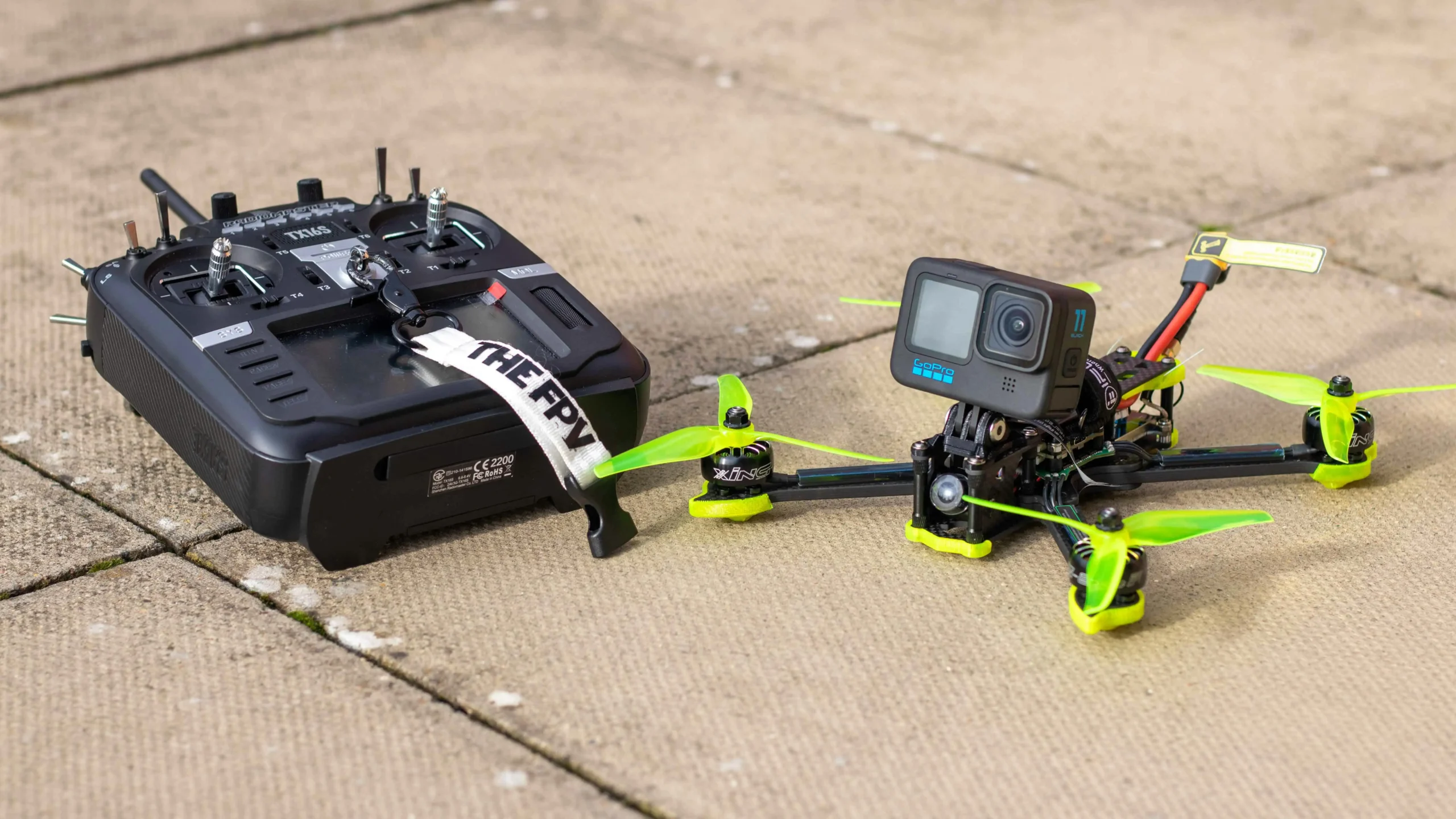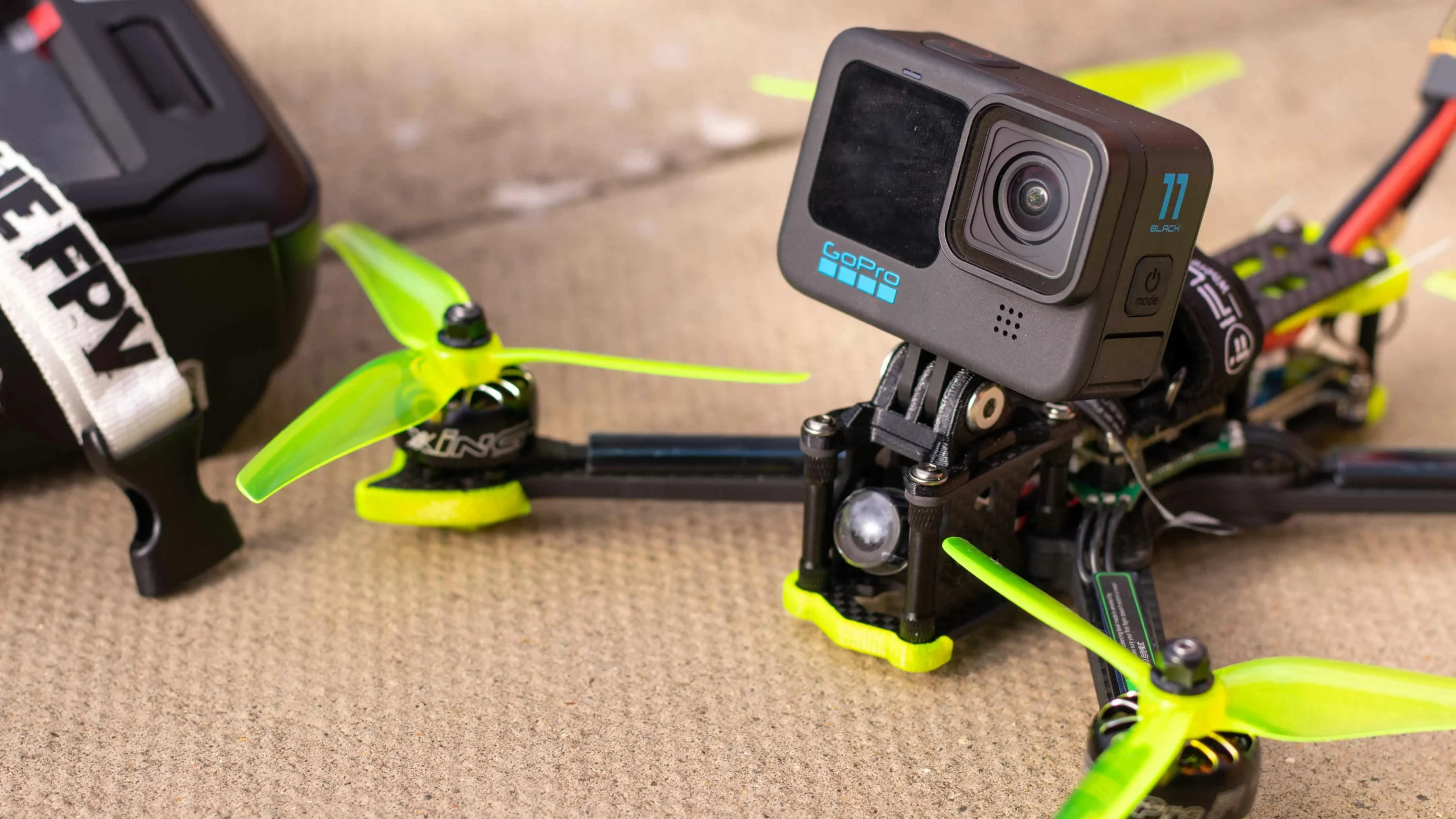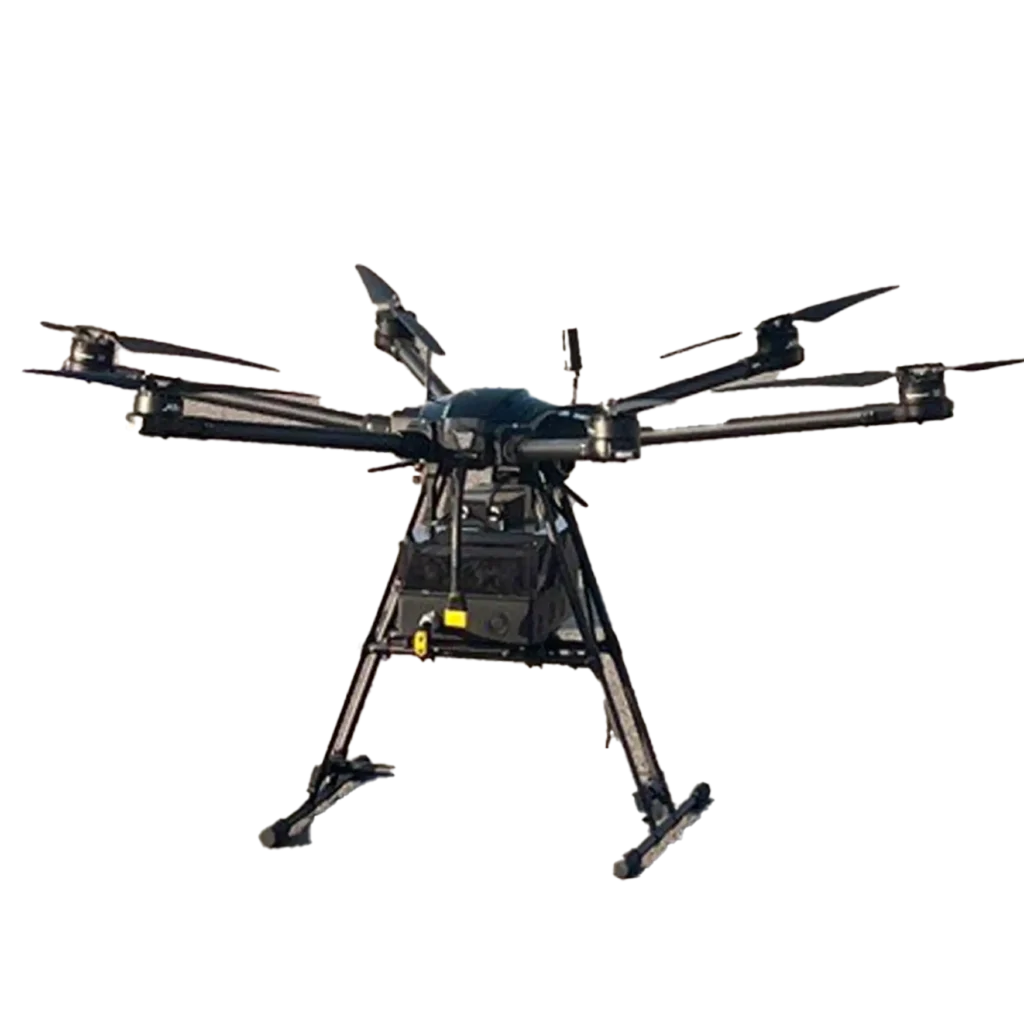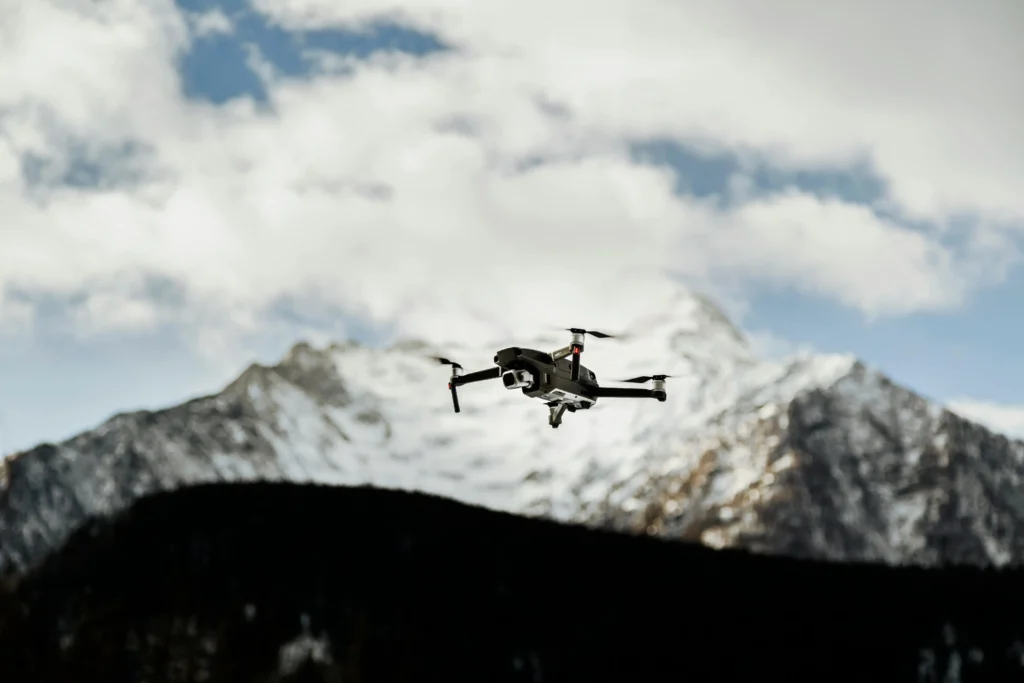Introduction
Drones (Unmanned Aerial Vehicles) have become key tools in various fields such as agriculture, relief, security, mapping, and transportation. Designing a successful drone requires a comprehensive understanding of mechanical, electronic, and software systems. In this article, we will examine the design stages, key subsystems, and innovative opportunities in drone development.
Steps to designing a drone
2.1. Needs assessment and mission definition
- Flight purpose: imaging, surveillance, cargo, reconnaissance, or special operations
- Mission parameters: flight time, altitude, range, payload type
2.2. Choosing the right configuration
Hybrid VTOL: Combining vertical takeoff and long range capabilities
Multi-rotor: Simple, controllable, suitable for imaging
Fixed-wing: Long range, lower energy consumption

Main UAV subsystems
3.1. Frame or body
- Common materials: carbon fiber, aluminum, lightweight polymers
- Features: High strength, light weight, easy repairability
3.2. Propulsion system
- Brushless motors (BLDC)
- Propellers with the appropriate diameter and pitch
- ESCs (speed controllers)
3.3. Energy supply system
- Lithium-polymer (LiPo) or lithium-ion batteries
- Energy Management System (BMS)
- Solar or hybrid options for innovation
3.4. Flight Controller
- Modules such as Pixhawk, CUAV, or custom versions
- Attitude control, GPS, IMU and stability
3.5. Communication system
- Radio link (such as ELRS, 4G/5G or LoRa)
- Real-time image transmission (FPV, WiFi or LTE)
3.6. Payload
- RGB, thermal or multispectral cameras
- LiDAR, sprayers, mechanical clamps
New innovations in drones
✅ Artificial intelligence and machine learning
- Automatic routing
- Detecting objects and obstacles
- Data processing at the edge (Edge AI)
✅ Modular design
- Easy exchange of payload
- Upgrading subsystems without redesign
✅ Use of smart materials
- Self-healing frames
- Flexible bodies for shock absorption
✅ Cooperative flight systems (Swarm)
Distributed algorithms for coordination
Communication between multiple drones to carry out group missions
Conclusion
Designing a drone is a multidisciplinary challenge that requires a combination of mechanical, electrical, software, and creativity engineering. With a modular approach, the use of artificial intelligence, and attention to specific application needs, innovative and powerful drones can be designed that will play a key role in the future of the aerospace industry and civilian and scientific applications.


